Ariel Camacho’s career was brief, but his legacy has touched and influenced every aspect of regional Mexican music today. In 2013, the Sinaloa-born artist rose to fame as one of the most promising Mexican music acts of his generation. At only 20 years old, Camacho redefined and globalized sierreño, a style popular in the Northern parts of Mexico. A gifted requinto player, Camacho delivered anthems like “Te Metiste,” “El Karma” and “Hablemos.”
On Feb. 25, 2015, at 22 and on the brink of stardom, Camacho died in a car accident. The young singer not only became a legend, but he inspired acts like Natanael Cano, Jesús Ortiz Paz (Fuerza Regida), Nodal and Peso Pluma, who credit him for forging a path for a new generation of música mexicana artists.
His manager, Jaime González (Christian Nodal’s father), worked closely with Camacho for nearly three years. Below, González speaks with Billboard about Camacho’s humble beginnings, how Camacho dreamed of going global, and why the late artist continues to fuel the regional Mexican movement.
It is an honor for me to talk about Ariel Camacho. Era mi bebé.
A friend told me about Ariel. He said there was this guy who sang at parties. He passed me his contact info, I called him and told him I was going to be in Los Mochis [Sinaloa] one day to produce an album. He came to see me and said, ‘I want you to listen to me to see if we can do something together.’ This was like in 2012.
Well, I heard it and it gave me chills, that’s when the whole story began. He was a person from the rancho, very simple, super humble. I remember that he arrived in those Sinaloa style guaraches, with his Levi’s pants, T-shirt, a baseball cap and his requinto (six-string guitar). He was with two other guys, and they sang for me a corrido and a [romantic] song and that was enough for me. I had never had anything like that happen to me before, there was something very special there. He trusted me and I trusted him.
I signed him and I was his manager from beginning to end. I told him that música sierreña and campirana is sung with a tejana and cowboy boots. But he wanted to wear those Ferragamo shoes that were in style and a little blazer. We almost had to force him to wear the tejana, and then he didn’t want to take it off.
Ariel learned to play the guitar because his dad is a musician. His dad plays guitar and sings. He had a group in Sinaloa and he took Ariel with him from a very young age to the concerts. He sang with the church choir, and those were his early beginnings. He was an excellent performer, and had a lot of freshness. Ariel loved the guitar. He would get up with his guitar in his hand, and he had a repertoire of songs that would drive you crazy.
With Ariel, we innovated sierreño music by adding the tuba. In fact, we fought because he wanted to add bass and I wanted to add tuba to the sound. “No, I don’t like the tuba,” Ariel told me. I replied, “Give me a chance to let you hear the recording with tuba. And then we’ll take it out if you don’t like it.” I had a specific tuba player that I envisioned for the Ariel Camacho y Los Plebes del Rancho project. This tuba player, his name is Israel Meza, he was the producer of all of Julio Preciado’s albums, he worked with Joan Sebastian, he is a savage on the tuba. So, I hired him to help us record.
Ariel was worried about what people would say and if they were going to criticize him for incorporating tuba in sierreño. We recorded all the songs on the album with guitars, bass and vocals. And in another version, we added the tuba.
In the end, the one who decided whether it was tuba or bass was a guy who was selling tamales… We went out to the garage to discuss whether it was going to be with tuba or bass, and at that moment, a tamalero was passing by on a bicycle selling tamales and champurrado and listening to music on his little stereo. I remember that very well. I said to Ariel, “You know what? Neither you nor I are going to decide this. We’re going to buy tamales from the tamalero and ask him if he knows about music. If he knows about music, then he’s not going to decide either.” We shook hands. So we bought tamales, and we asked him if he knew about music. “What do you mean?,” the tamalero asked me. “I mean, do you know about notes, do, re, mi, fa, sol,”‘ I answered. “I don’t know anything about that, but I like music, and I know which song is good and which song is not good.”
Ah, perfect!
Ariel was like, “First play him the bass version.” And Ariel was selling the story like, “Doesn’t it sound so cool?” And then we played the version with tuba. When the two versions finished we asked him which one he liked better. “he second one, it’s better with the tuba,” he answered. We agreed, it’s with tuba. Special shout out to the tamalero, and I would like to thank him for that wise decision he made.
We started looking for his musicians to put the band together, and then we started recording songs. “El Rey de Corazones” was one of his first songs and it was a hit. That is to say, it was a very fast, fleeting career. He had a brutal talent and he was very young. He was one of those artists that came into the world and won you over. Whatever song we released, it was a hit. I had never worked with an artist as much as with Ariel Camacho — there was so much demand. I met him and after three months, we started working at an exaggerated pace in Mexico. It took him time to assimilate what was happening because he didn’t believe it. I remember that he dreamed a lot about earning money to build a house for his mother, a nice house, or to buy his first Cheyenne.
We lived through a lot of good and bad anecdotes — from not filling a venue to selling out out a venue. There are many videos of him crying at his concerts in Tijuana, Nogales, Hermosillo, Los Angeles, many places. When he finished, he would get off the stage and give me a hug of relief, of emotion. He thanked me and I thanked him for the opportunity.

Even when he started earning money and so on, he was the same, he never changed. He was a family person, very cheerful, loving, loved to joke around. He was a kid who came out of the rancho, with a guitar on his back to look for his dream and he found it. I think that connects with this new generation, especially being very young like them. He has definitely been a reference for artists like Peso Pluma, Natanael Cano, Fuerza Regida. Besides the innovation, the idea of adding the tuba to sierreño — that had never happened. That’s what encouraged everyone to make their fusions. They’re adding trombone, charchetas, etc. It motivated young people to dare to start something new. And everything we are listening to now with guitars, includes a reference to Ariel Camacho.
Ariel was a very special person. He was like another son — because he slept at my house, he ate at my house, I was his producer, his manager, his psychologist. And I was his friend.
We talked about many things that were left unfinished, that we could not achieve obviously because of his death. I have not healed. It is still very hard for me to process what happened — I have many mixed feelings.
But I am grateful for the opportunity he gave me, and it was a beautiful experience. I am sure that if he were alive, we would be at another level right now, we would be global, we would have done a thousand things, because there were many plans. He wanted to sing with mariachi, to conquer all the countries, and it makes me angry that he died before his time — but, well, God is in charge.
Every year on his death anniversary, we do an event at his grave. We always put up a stage, we make carne asada, birria, bring seafood and beer. Almost always a lot of people get together, and all the artists who want to come, come. Natanael has been there to sing for him, many artists have been there, and obviously Los Plebes del Rancho, who continue his legacy.
Ariel Camacho may be physically dead, but he is alive, his music and his legacy live on.

The post “Remembering Ariel Camacho: ‘His Music & Legacy Live On’” by Griselda Flores was published on 02/24/2025 by www.billboard.com







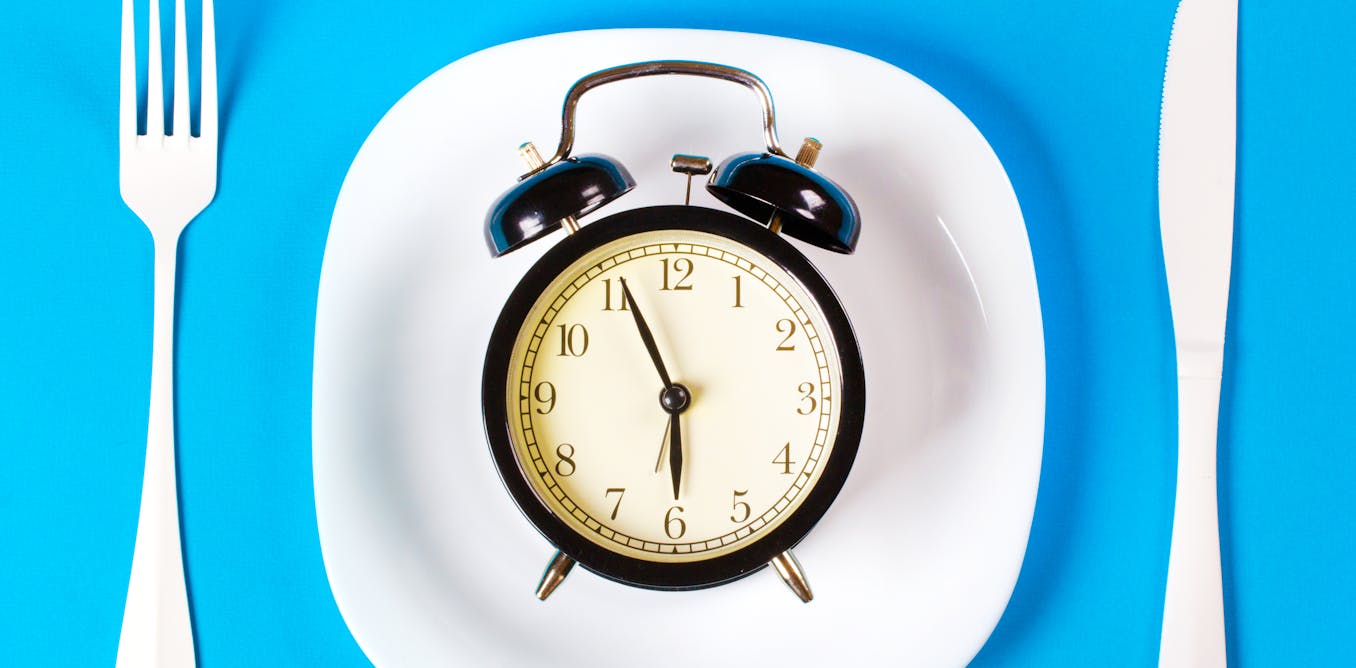


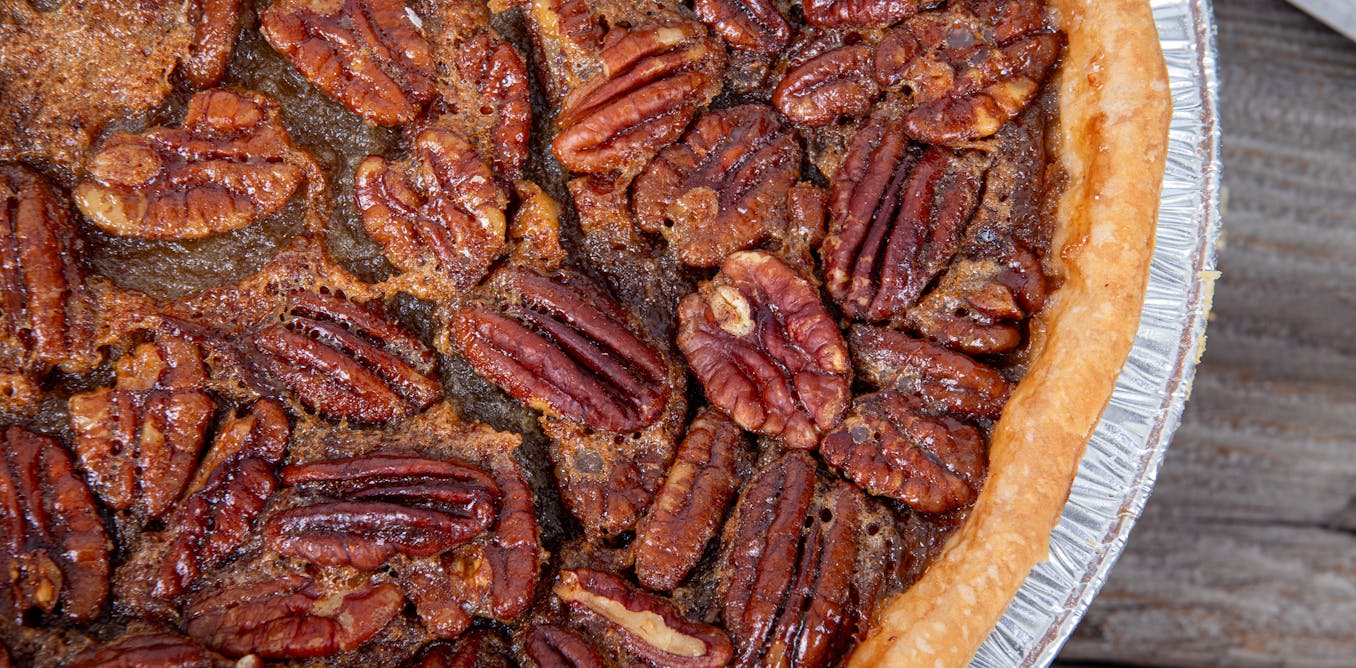
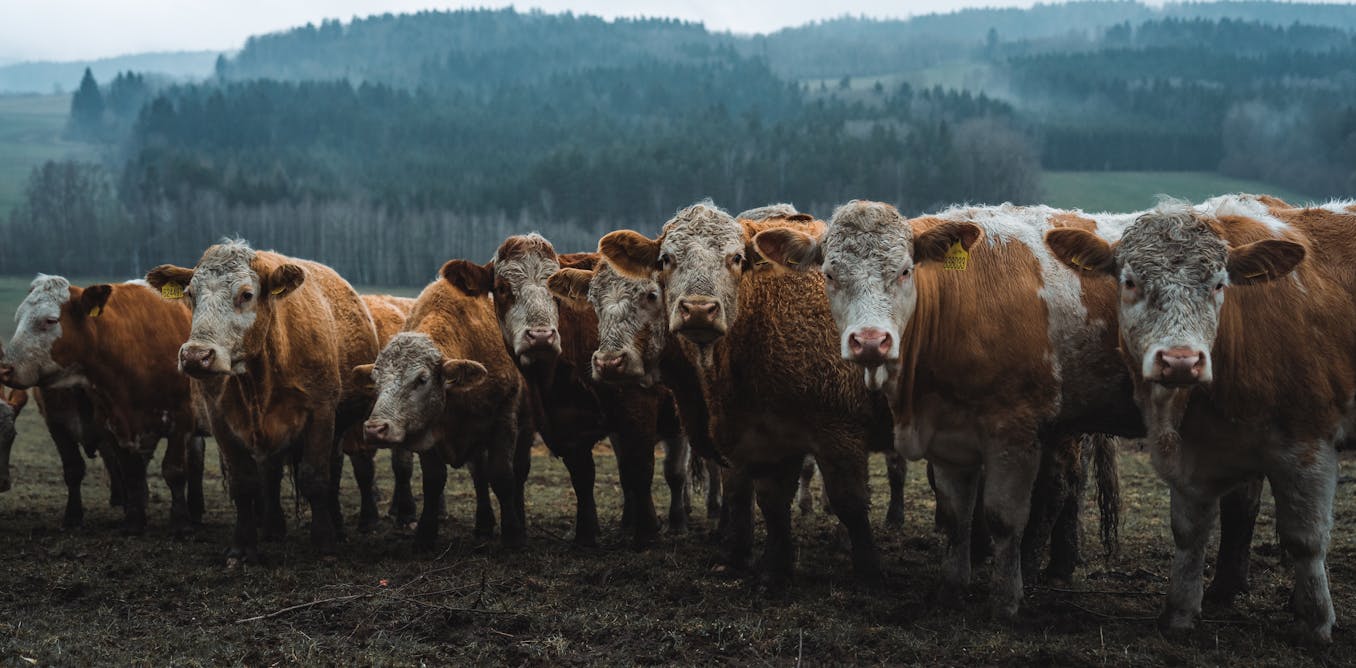
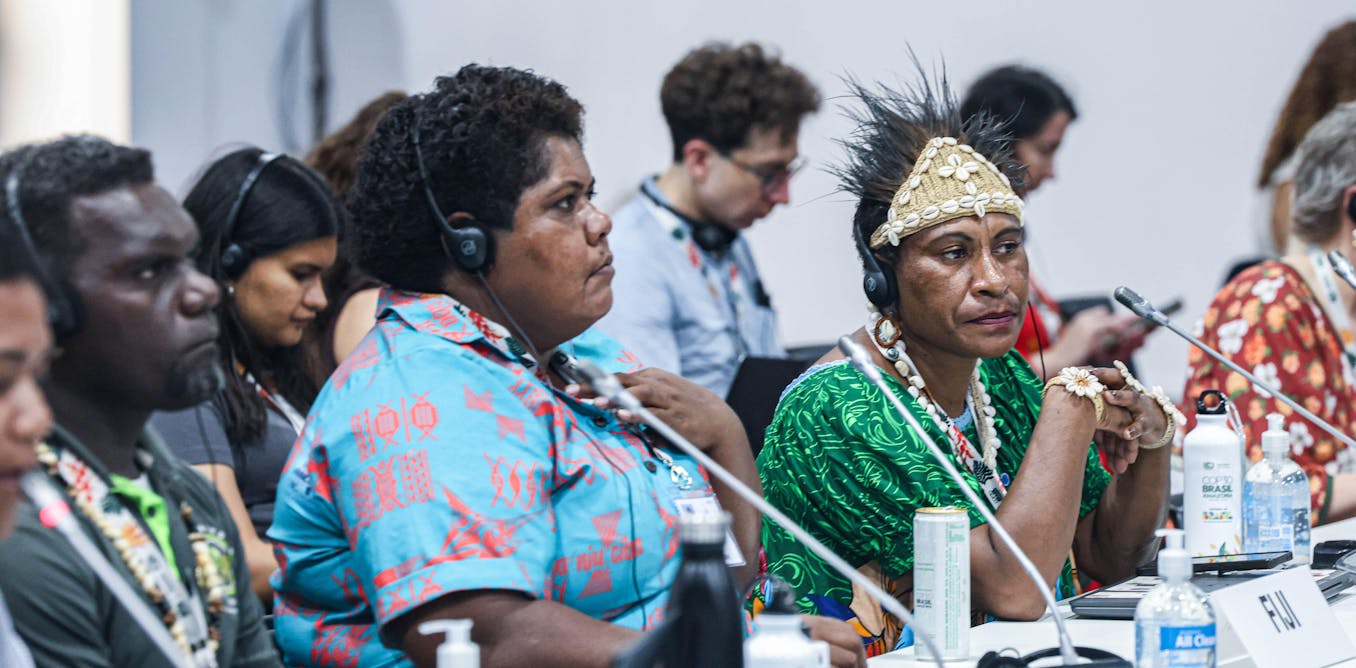
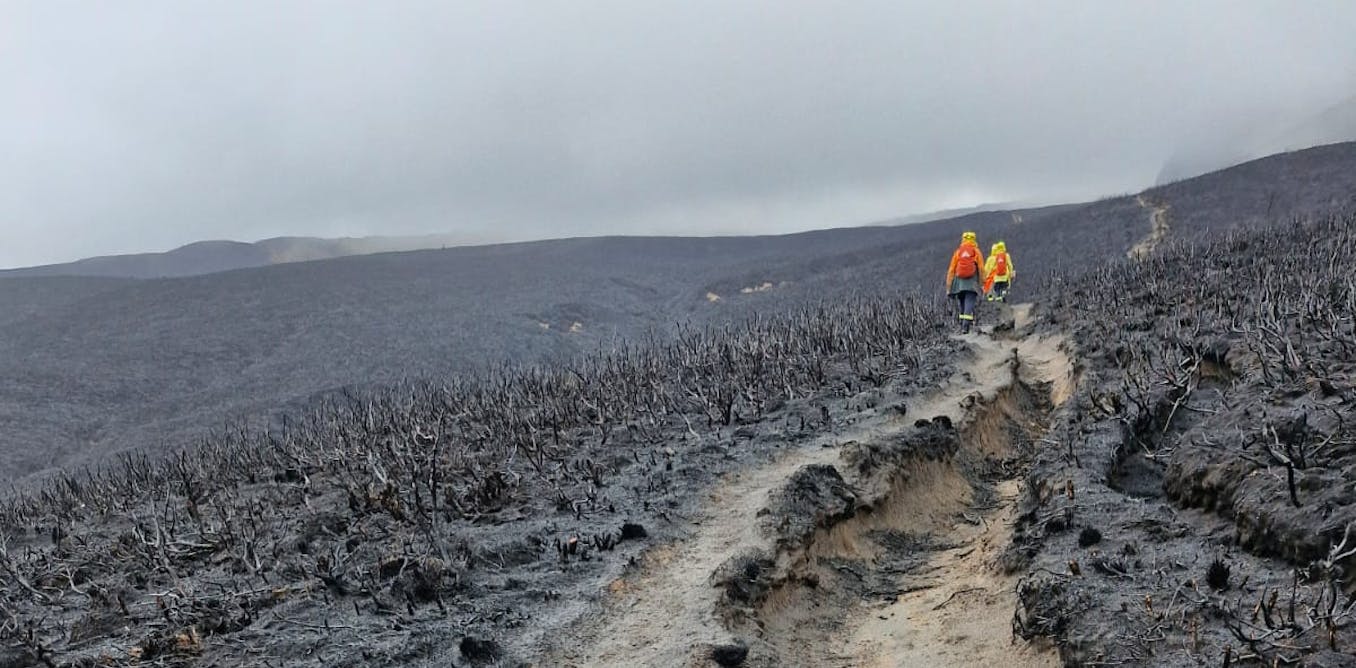






















Leave a Reply